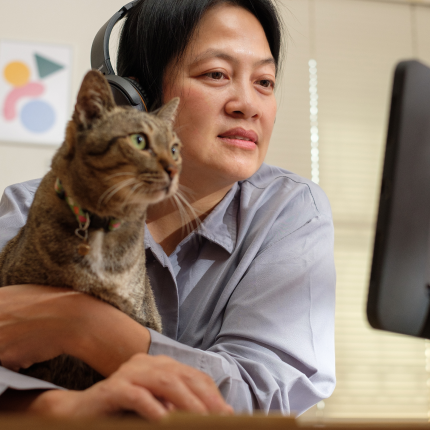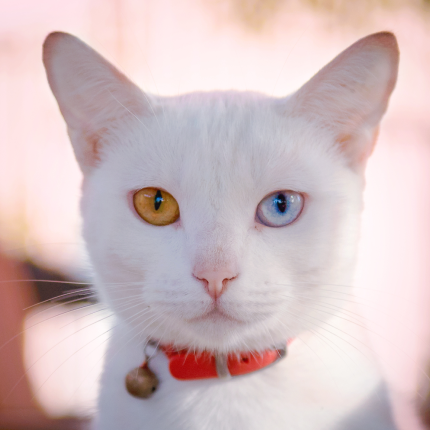Study Reveals Cats Are Better at Word Association Than Toddlers

A recent study has shown that cats are faster than human toddlers with word association and corresponding pictures, suggesting that cats possess a more advanced language comprehension ability than previously thought.
Cats Can Recognize Words and Images
advertisement
While humans are known for their complex linguistic abilities, our feline friends are just a little behind. Research has shown that cats recognize specific sounds, including their names and the names of familiar people and animals. They can even respond to human interactions and use these cues in problem-solving.
But can cats go beyond simple recognition? Are they capable of associating words with images like human babies do? A study led by Saho Takagi at Azabu University in Japan aimed to answer this question. The team designed an experiment where 31 adult cats participated in a word-association task traditionally used to test young children’s language comprehension.
The Experiment
Cats were shown two nine-second video clips of cartoon images and each clip featured an image (e.g., a red sun or a blue unicorn) with the words “paramo” and “kereru” spoken by their owner. The cats watched the sequence of clips, with the words paired with the images. After a few repetitions, the cats started to lose interest in the clips, paying about 50% less attention.
After a brief break, the clips were shown again, but the word-image pairs were swapped this time. For example, the word “paramo” was now shown with the unicorn image, and “kereru” was paired with the sun. The cats reacted by paying more attention to the switched pairings, and their interest lasted about 15% longer. This behavior change indicated that the cats had formed an association between the words and the images, and they noticed when the pairs were altered.
How Cats Compared to Toddlers
The experiment showed that cats could form these associations after only two nine-second exposures, considerably faster than toddlers. In contrast, human babies typically required at least four 20-second trials before they could create similar associations.
However, the research team, including Dr. Carlo Siracusa, a veterinary behaviorist, cautioned against over-interpreting these findings. They noted that comparing adult animals (cats) to immature human babies might be unfair. Humans and cats are different species with different cognitive processes, making direct comparisons difficult. Additionally, interpreting animal behavior is inherently challenging, especially when studying species as independent and nonchalant as cats.
advertisement
The Implications of the Study
While this study confirms that cats can form picture-word associations, the question remains whether this ability is innate or a result of their domestication. The study presents strong evidence that cats have a surprising level of cognitive sophistication, opening up avenues for future research into their mental abilities.
The results also suggest that cats are more capable of understanding their human companions than previously believed. Because cats can recognize words and associate them with images, they can communicate more meaningfully with their owners than we realize.

Featured Articles

The Odd-Eyed Cat (AKA Heterochromia)
Cats are already beautiful and fascinating creatures, but people are bound to take notice when they have something as captivating as two different colored eyes. Odd-eyed cats always have one blue eye paired with either a green, yellow, or brown eye. This form of heterochromia occurs in other animals, including…

Polydactyl Cats: Just More Beans to Love
Polydactyl cats have become extremely popular in recent times. As a result, more and more people are interested in learning more about this six-toed cat and want to get one of their own. If you are a cat lover intrigued by polydactyl cats, you have come to the right place….

Why Do Cats Roll Over Into Their Backs But Not Let You Touch Their Bellies?
It’s common knowledge dogs love to have their tummies rubbed when they freely lay down before you and roll onto their backs. But, if you’re also familiar with cats, you know that when they roll onto their backs with their bellies exposed, rubbing the belly will most likely result in…